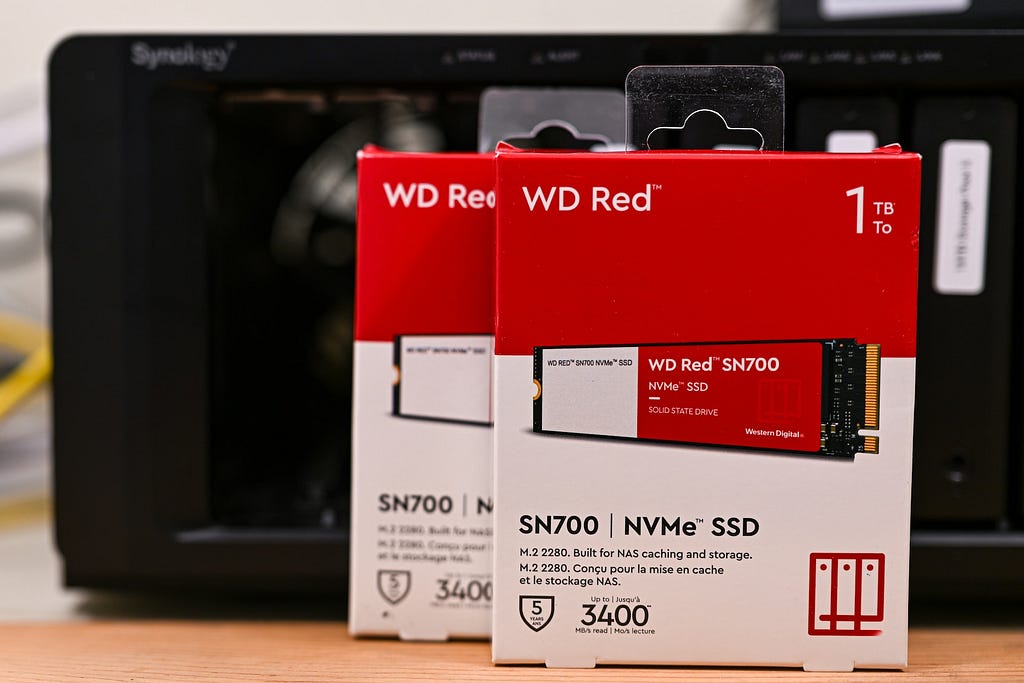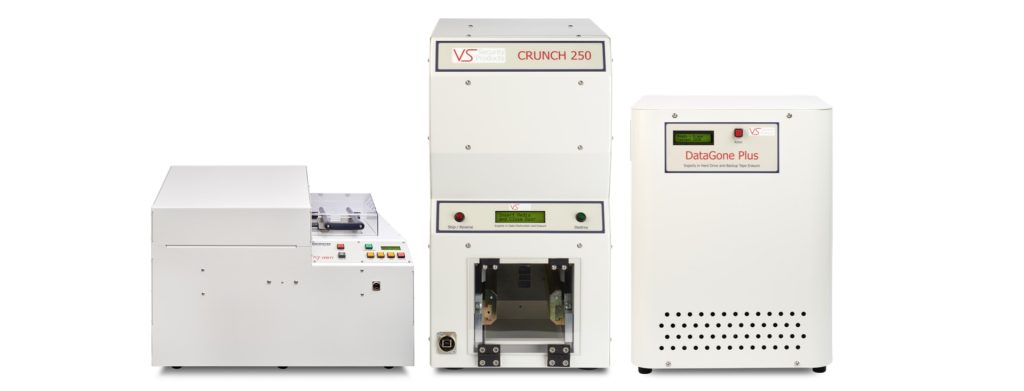SSD Destruction: Hard Drive Destroyer vs. Software Erasure

As technology advances, so do the methods for storing and protecting sensitive data. Solid-state drives (SSDs) have become increasingly popular due to their faster read and write speeds and higher durability compared to traditional hard disk drives (HDDs). However, this also means that SSDs pose a greater challenge when it comes to data destruction.
Physical Destruction vs. Software Erasure
There are two primary methods for destroying data on SSDs: physical destruction and software erasure. Physical destruction involves dismantling the SSD and physically damaging the memory chips to render the data irretrievable.Software erasure, on the other hand, utilizes specialized software to overwrite the data multiple times, making it impossible to recover using conventional data recovery techniques.
Why Hard Drive Destroyers Are Better for SSD Destruction
While software erasure may seem like a convenient and cost-effective option, it is not always reliable for SSDs. This is because SSDs use NAND flash memory, which can retain data even after it has been overwritten multiple times.Additionally, some SSDs employ wear leveling algorithms that can redistribute data across the memory chips, making it difficult to ensure that all data has been effectively erased.
In contrast, physical destruction using a hard drive destroyer provides a more definitive and secure method of data destruction. By physically damaging the memory chips, a hard drive destroyer ensures that the data is completely destroyed and cannot be recovered, regardless of the data retention capabilities of the NAND flash memory or the wear leveling algorithms used by the SSD.
Additional Considerations
When choosing between physical destruction and software erasure, it is important to consider the sensitivity of the data,the regulatory requirements, and the overall cost of the destruction process. For highly sensitive data, physical destruction is the safest and most reliable option. Additionally, some industries, such as healthcare and finance, have strict regulations that may require physical destruction of certain data storage devices.
In terms of cost, software erasure is generally less expensive than physical destruction. However, the cost of physical destruction may be justified for high-value assets or situations where data security is paramount.
Conclusion
SSD destruction is a critical aspect of data security, especially for organizations that handle sensitive information. While software erasure can be a suitable method for certain situations, physical destruction using a hard drive destroyer provides the most definitive and secure way to destroy data on SSDs, ensuring that sensitive information remains permanently protected.
Discover the latest NSA listed SSD destroyer from Verity Systems to securely dispose of old SSD hard drives.
Photo credit: Michael Kahn

